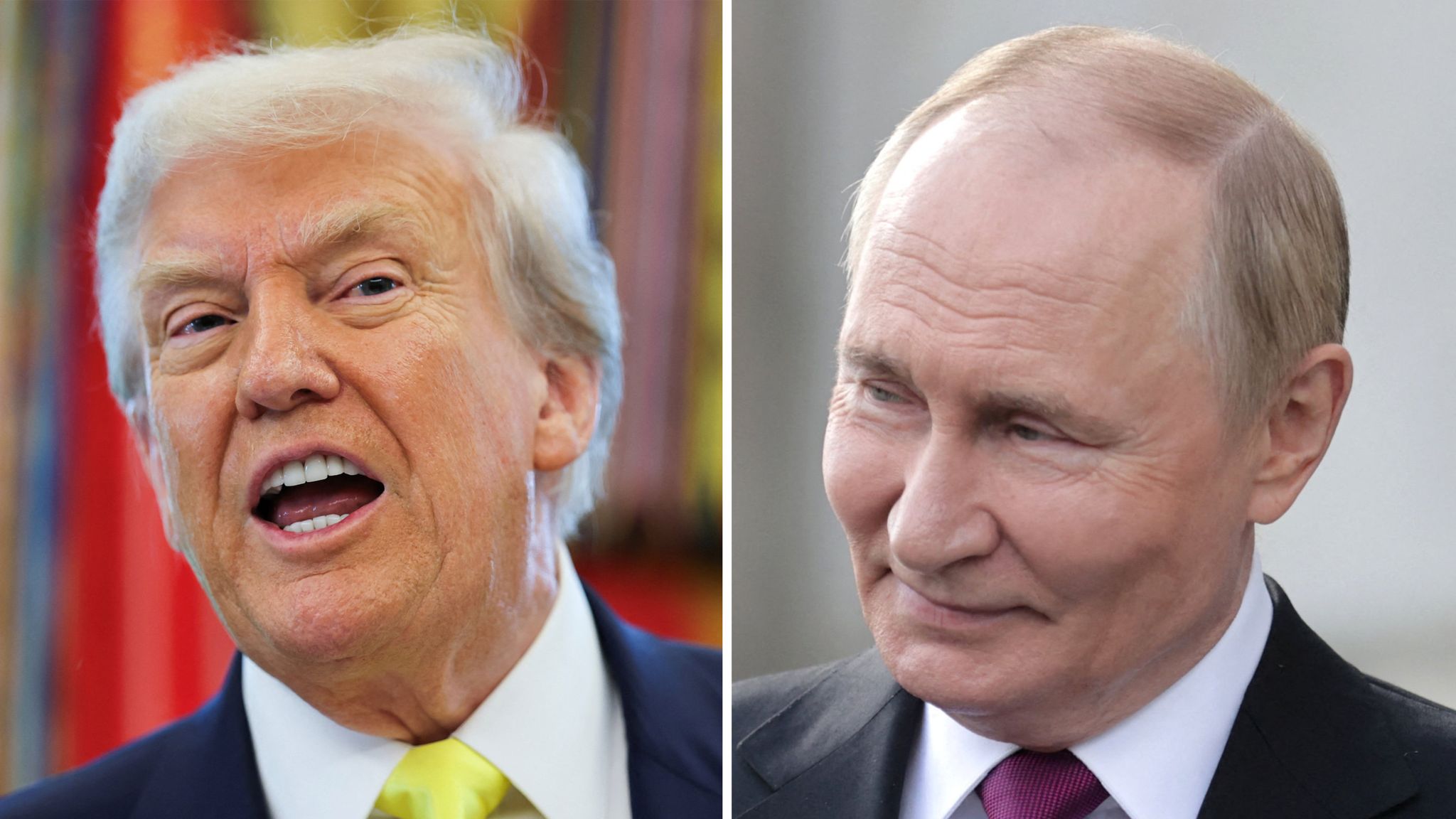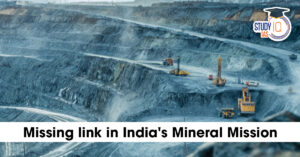Table of Contents
Trump–Putin Alaska Summit: The much-anticipated Putin-Trump Alaska Summit 2025, held at the Elmendorf-Richardson military base in Anchorage, Alaska, concluded without a concrete peace deal on the Russia-Ukraine conflict. The three-hour meeting between Russian President Vladimir Putin and US President Donald Trump was marked by cautious optimism, with both leaders calling the talks “constructive” despite the absence of a breakthrough. While the lack of an agreement highlights the complexities of the war, the summit signals the possibility of renewed dialogue and potential de-escalation in the future.
Putin-Trump Alaska Summit Concludes
AEMR: A Venue Steeped in Cold War History
Joint Base Elmendorf-Richardson (JBER) isn’t only Alaska’s largest military base—it’s a history-rich location. Developed in World War II and further expanded in the Cold War era, it was used as a frontline base for U.S. air surveillance and missile defense. U.S. troops monitored Soviet planes flying through close to the Arctic Circle at this base and practiced the deployment of strategies against a hypothetical nuclear attack on North America.
Its choice as summit site was not coincidental. Conducting the negotiations on an old Soviet-surveillance fortress not only offered unparalleled security but also conveyed a quiet diplomatic message: the U.S. maintains symbolic as well as strategic influence in the Arctic.
For Putin, arriving at this base was his initial foray into Western soil since the February 2022 invasion of Ukraine—a deliberate move meant to demonstrate confidence and strength in the face of increasing international sanctions.
Anchorage in Overdrive: Hotels, Transport, and Airspace Strain
Anchorage—home to roughly 290,000 residents—has hosted big names before, from Pope John Paul II to Ronald Reagan, but the Trump–Putin summit pushed the city’s logistical limits.
Local Impacts Included:
-
Hotels: Every major hotel in the city was fully booked days ahead, with some visitors resorting to rentals in nearby towns.
-
Transport: Taxi, rideshare, and shuttle services reported multi-hour waits, forcing some attendees to walk long distances.
-
Airspace Restrictions: The Federal Aviation Administration (FAA) enforced Temporary Flight Restrictions (TFRs) between 9:30 a.m. and 6:45 p.m. local time, creating minor delays but largely sparing commercial routes.
These disruptions offered a reminder that global diplomacy can have direct, tangible effects on local economies—both positive (hospitality revenue) and negative (transport congestion).
Summit Timeline: Precision and Symbolism
Key Moments:
-
10:10 a.m. — Trump’s Air Force One landed at JBER.
-
11:00 a.m. — Putin arrived, met by a select delegation under heightened security.
-
11:30 a.m. — Private one-on-one meeting with only interpreters present.
-
1:00 p.m. — Working lunch with senior aides from both sides.
-
3:00 p.m. — Anticipated press briefing, with uncertainty over whether both leaders would speak jointly.
The private session was expected to focus on core sticking points: Ukraine’s territorial integrity, sanctions relief, and potential security guarantees that would not formally bind Ukraine to NATO membership but could provide a deterrent framework.
Geopolitical Stakes: Between Pragmatism and Performance
Trump’s Objectives:
-
Reinforce his “deal-maker” image, particularly ahead of the 2026 midterm cycle.
-
Test the waters for a limited ceasefire that could be sold domestically as a victory without conceding U.S. strategic interests.
-
Propose security assurances for Ukraine outside NATO, appealing to both Western allies and a segment of his political base.
Putin’s Objectives:
-
Consolidate territorial gains in eastern and southern Ukraine.
-
Leverage the summit to weaken Western unity by portraying himself as open to dialogue.
-
Seek partial sanctions relief in exchange for limited concessions.
Both sides faced the challenge of appearing firm to domestic audiences while remaining flexible enough to keep talks alive.
Controversies and Criticism
The summit was not without backlash:
-
Exclusion of Ukraine from direct participation raised concerns about backroom deals.
-
Memories of the 2018 Helsinki meeting, where Trump appeared deferential to Putin, resurfaced in U.S. political discourse.
-
Critics warned that the meeting risked legitimizing Russian aggression and undermining Ukraine’s negotiating position.
Historical and Symbolic Undercurrents
Adding to the theatrics was a bit of history: The U.S. bought Alaska from Russia in 1867 for $7.2 million. The Kremlin has at times cited this as evidence of “land transfers” being a valid method of diplomacy—a parallel that some analysts worry can be used to legitimize territorial claims in Ukraine.
Global Ripples: Far Beyond Anchorage
-
China and Iran will closely study any perceived softening in U.S. policy toward Russia.
-
European allies will gauge whether the U.S. remains committed to a united front on sanctions and security.
-
The outcome could influence energy markets, as any ceasefire might shift oil and gas flows between Russia and global buyers.
Looking Ahead
While the summit’s immediate results may be limited, its symbolic weight cannot be overstated. It has already:
-
Reinforced Anchorage’s place in the history of U.S.-Russia relations.
-
Signaled potential shifts in diplomatic strategy toward Ukraine.
-
Tested both leaders’ ability to balance domestic politics with international negotiation.
Conclusion
The August 15, 2025, Trump–Putin Alaska Summit was something more than an encounter; it was a geopolitical drama played out on a Cold War stage. It showed how politics, geography, and the manipulation of image are all interwoven in high-level diplomacy. Whether it is a turning point in the Ukraine war or merely another chapter in an extended standoff will be determined by weeks and months to come.


 World Summit on Disaster Management (WSD...
World Summit on Disaster Management (WSD...
 Domestic Systemically Important Banks (D...
Domestic Systemically Important Banks (D...
 The Missing Link in India’s Critical M...
The Missing Link in India’s Critical M...

























